Ibrahim SHAHDA
(1929-1991)
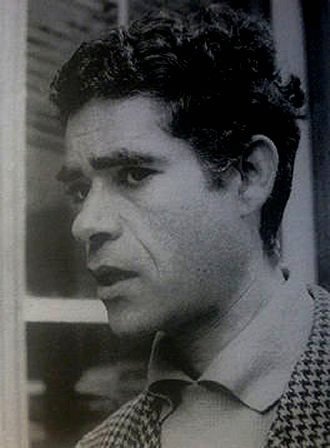
Ibrahim Shahda was born in Al-Azizya, Egypt, on October 2 1929. He entered the Cairo Fine-Arts Academy in 1947 where he worked under French professor Pierre Beppi-Martin. He finished his studies in 1952 and three years later won the prize dedicated to his teacher who had died the previous year. He organized his first exhibition and decided to leave for France.
He arrived in Paris at the end of 1955 and applied to the École des Beaux-Arts as a free student, but he felt isolated and had little money. A friend invited him to Carpentras, in the south of France. There, Shahda painted and started exhibiting his work (Avignon, Galerie Arlette Chabaud, 1958).
He won the Festival d'Avignon Painting Prize with "La femme en noir", now part of the Calvet Museum collections.
He also won the Aix-en-Provence Painting Prize the same year.
An exhibition, including works of his friend Paul Surtel, took place in Carpentras (Chapelle du Collège) in 1960.
But Shahda was not satisfied and chose to go back to Paris where he worked on his own from 1962 to 1964. An exhibition was organized in Carpentras (Musée Lapidaire) in 1964. He travelled to Italy, stayed in Bretagne in 1965-1966, then returned to Provence though he spent several summers in Bretagne.
The following years, Shahda visited Belgium, Netherlands, Spain and Italy again. He showed his work in different exhibitions in Avignon (Galerie Ducastel in 1966, 1971, 1974 and 1975), Carpentras (1967, Musée Lapidaire; 1972, Town Hall), Paris (1969, Centre Culturel d'Egypte; 1971, Galerie Lucy Krohg), and Marseille (1974).
In 1975 one last exhibition took place in the Ducastel Gallery, shortly after the death of owner - and friend - Philippe Ducastel. The same year Shahda found out he was seriously ill. This pushed him to work harder than ever and in an even greater isolation. Important exhibitions were organized in Carpentras in 1981 (Musée Duplessis and Chapelle du Collège) and 1984 (La Charité).
From 1985 to 1991, despite the cancer and its heavy treatment, Shahda kept on painting, with this senze of urgency that only great artists have.
He died August 28 1991 in Aix-en-Provence.
Posthumous exhibitions have been organized in Carpentras (1993, Chapelle du Collège), Alès (1994, Musée Municipal), Jonquières (1995, Château de Malijay), Saint-Rémy-de-Provence (1998, Galerie Doudou Bayol), Vaison-la-Romaine (1998, Ferme des Arts), Paris (1998, Centre Culturel d'Egypte), Avignon (1999, Espace Cloître Saint Louis), Malaucène (2000, Chapelle du Grozeau), Limoges (2003, Galerie Artset), Carpentras (2006, Chapelle du Collège), Paris (2009, Galerie Polad-Hardouin), Marseille (2011, Galerie Anna-Tschopp), Aix-en-Provence (2011, Galerie Ardital), Montpellier (2012, Galerie de l'Ecusson) and Ajaccio (2013, Lazaret Ollandini, Musée Marc Petit).
A smaller exhibition took place in Cavaillon's Imprimerie Rimbaud in 2014 at the time of the publication of the remarkable monograph that his widow Anita had been working on.
Paintings or pastels were also on display in group exhibitions, in Aixe-sur-Vienne (Centre Culturel Jacques Prévert) in 2001 & 2003 on the theme "Beyond the body", next to works by Francis Bacon, James Ensor & Zoran Music, in Paris in 2007 (Galerie Idées d'artistes) on the theme "The Dark side" & 2011 (Galerie Polad-Hardouin) for "Flashback", and in Auberive Abbey in 2012 for "Instinct' Art".
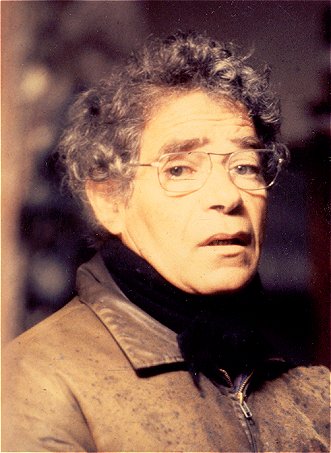
The Calvet Museum in Avignon owns 2 paintings by Shahda, and so does the Bibliothèque Inguimbertine/Comtadin-Duplessis Museum in Carpentras. Shahda is also present in the Auberive Abbey collections.
Shahda's work - mostly oil paintings and pastels - includes an impressive collection of portraits and self-portraits, but also many landscapes and still lifes.
His powerful art is truly his own, even though it has clear connections to other great masters.
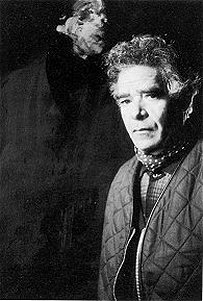
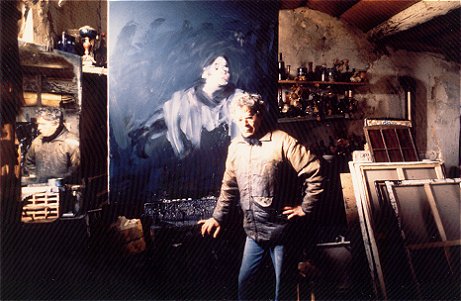
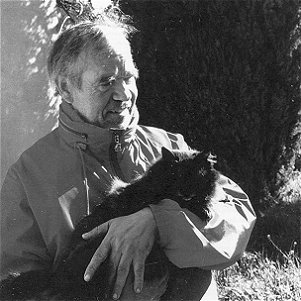
Over the years, I have been in touch with many enthusiastic art lovers, painters and gallery owners, who often compare Shahda to Bacon, Music or Soutine to name but a few. All ot them, even those who had never heard of Shahda before his untimely death, are stricken by the power, modernity and at the same time timelessness of his work.
I have also received messages from Europe and the Americas from people who met Shahda. Among them, here are Angelika's memories, that she was kind enoguh to share.
I would like to thank Anita Shahda, widow of the painter, for allowing the addition of documents and Shahda's work reproductions to this site, right that she gave me on a non-exclusive and non-transferable basis.
I would also like to thank Angelika for sharing rare documents and memories.
And also: Yves Gnaegy from Galerie Anna-Tschopp, Michael Hall from Galerie Ardital, Juliette & Jean-Pierre Rossignol from Galerie de l'Ecusson and last but not least Marc Petit, François Ollandini, Jean & Nino from the Lazaret Ollandini, Musée Marc Petit.
